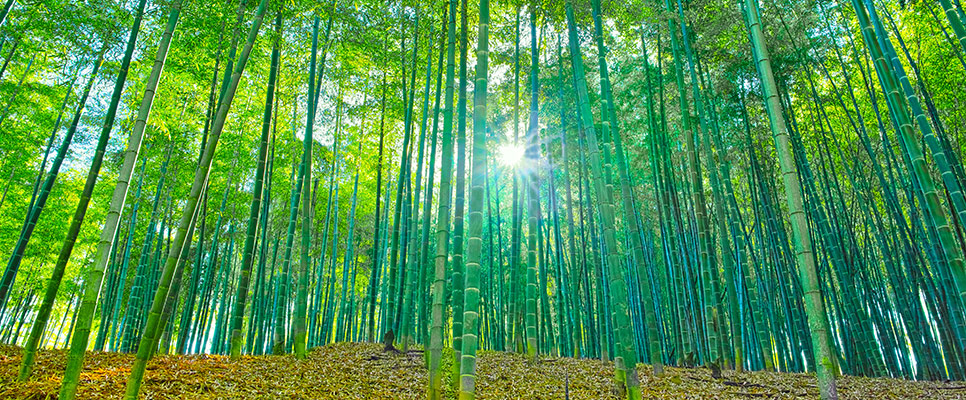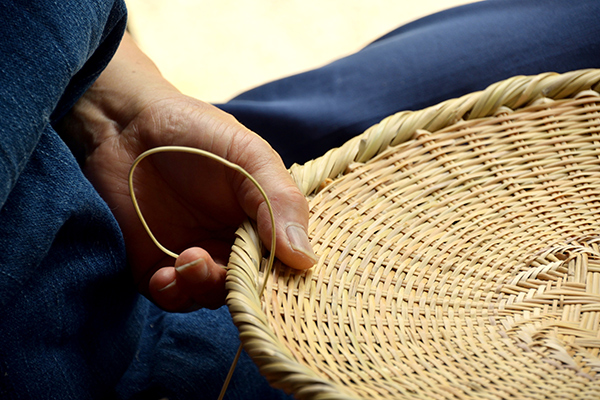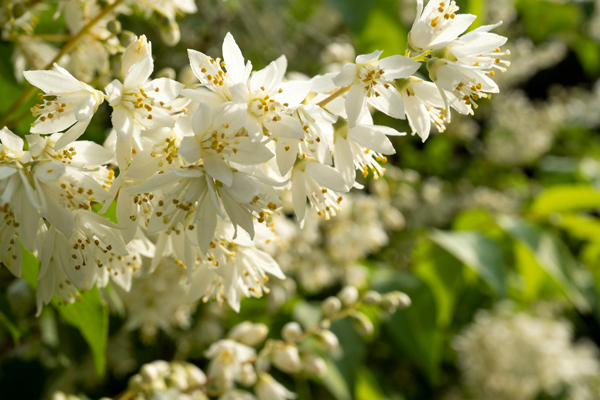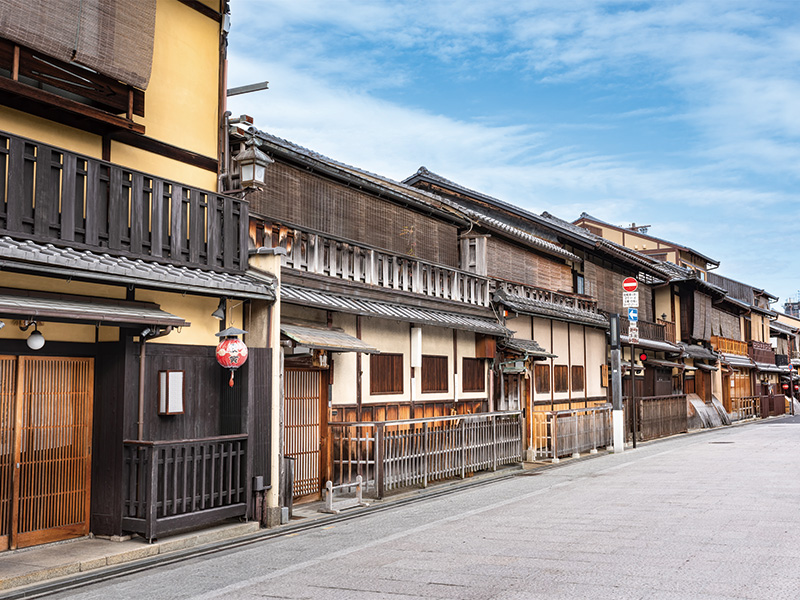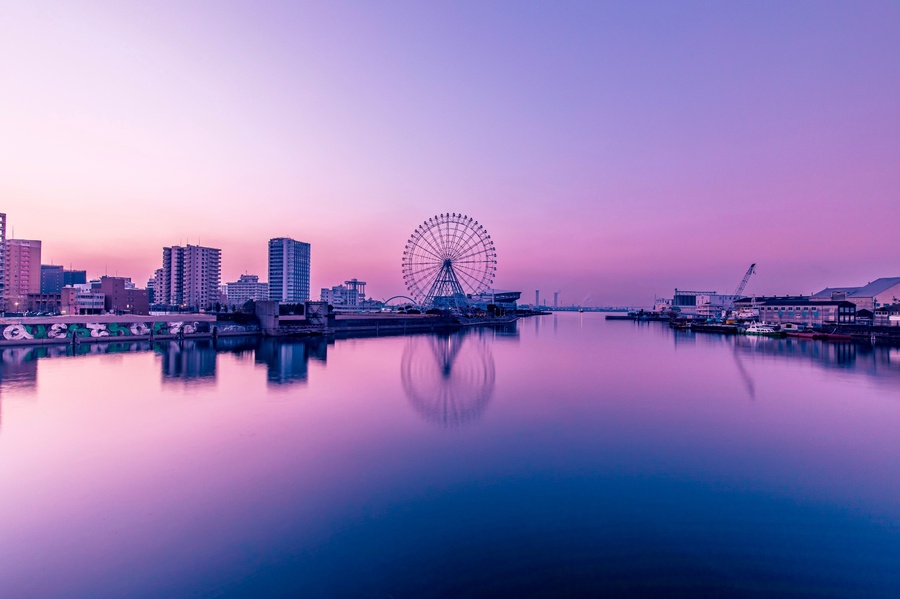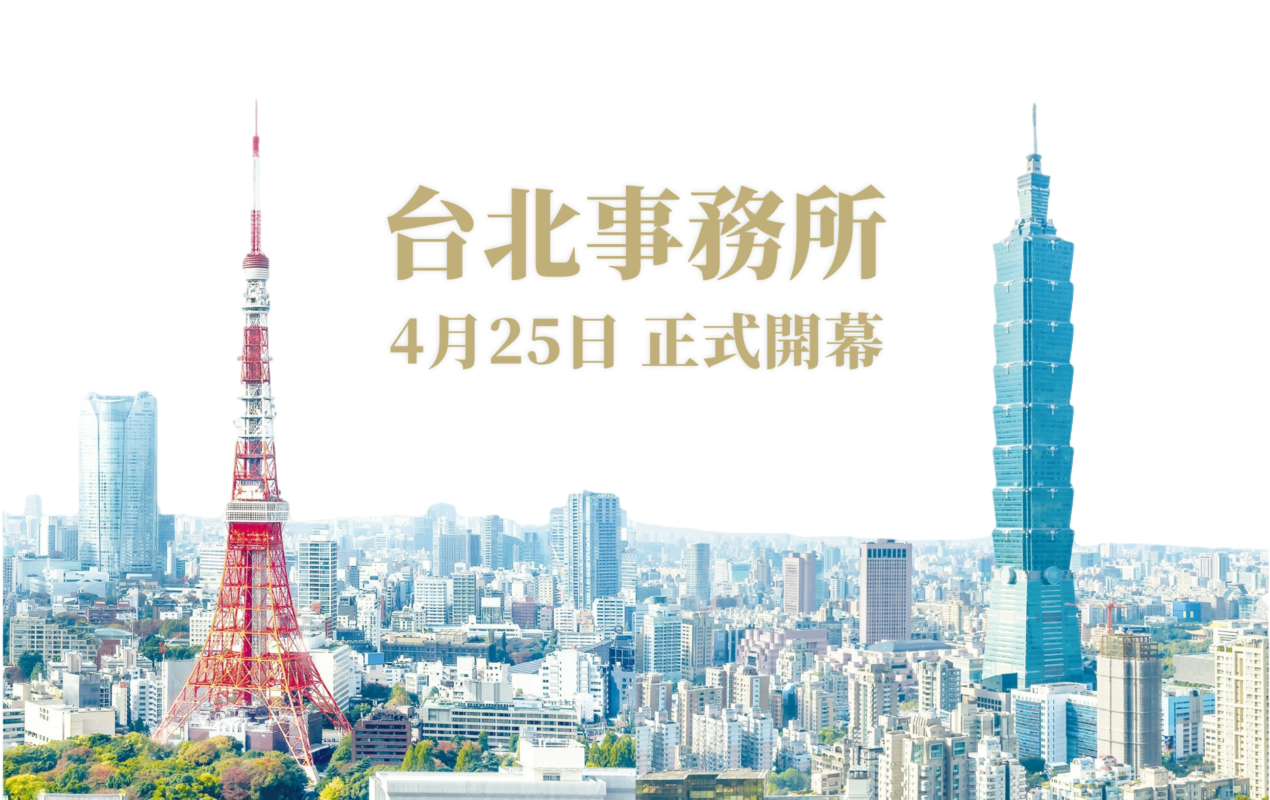Bamboo, known for its flexibility, lightness, and durability, is an indispensable plant in our lives. From the Jomon period, bamboo has been used to create various household tools by splitting it into thin strips called "takehigo" and weaving them into baskets and sieves.
The Characteristics of Bamboo Material You Might Not Know
Bamboo is a plant that primarily grows in Southeast Asia, but bamboo groves can be found in many regions across Japan, except for a few areas. There are about 1,200 species of bamboo worldwide, with over six hundred species growing in Japan. The types of bamboo commonly used in bamboo crafts include Madake, Moso Bamboo, and Hachiku. You might have seen bamboo shoots, the young sprouts of these bamboos, at grocery stores or supermarkets in the spring. Although the characteristics vary by type, here are some unique features of bamboo material.
◇ Rapid Growth
Generally, trees planted for timber take decades to be ready for harvesting, but bamboo can grow up to one meter per day and can be harvested in about three years. Additionally, because bamboo has underground stems, it can be harvested repeatedly after being cut.
◇ Lightweight
Bamboo is much lighter than wood due to its hollow structure. This hollow part has also been utilized in traditional Japanese musical instruments like the shakuhachi and the sho.
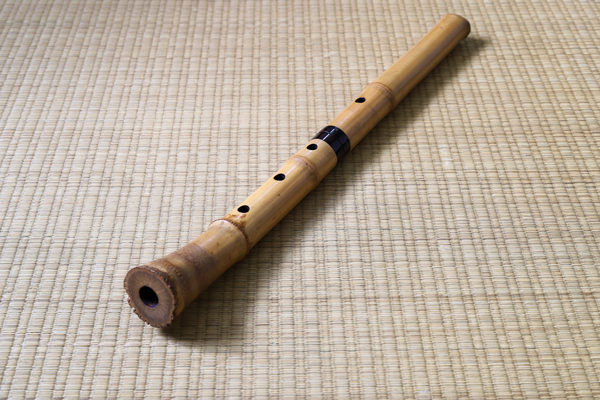
◇ Durability
Inside bamboo, there are thin and strong fibers called "vascular bundle sheaths," especially dense near the surface, making it resistant to breaking even under pressure. This allows bamboo to grow straight and withstand fierce winds and its own weight despite being thin and hollow. These properties have been used to make ladders, clothes poles, and other household tools and furniture that require strength. The flexibility of bamboo has also been utilized in making fishing rods, bows, and umbrella frames.
Ladder
Bow
◇ High Splitting Ability
Due to the vertical arrangement of fibers, bamboo is easy to split lengthwise. This property has been utilized to create items like bamboo chopsticks and thinly split bamboo strips called "takehigo." Takehigo is highly versatile and used to make various bamboo products such as baskets, sieves, blinds, and tea whisks.
Sieve
Bamboo blind
Tea whisk
Basket
◇ Antibacterial Properties
Bamboo has long been believed to have high antibacterial properties, with sayings like "bamboo craftsmen don't get athlete's foot." Indeed, antibacterial substances effective against athlete's foot (Trichophyton) have been discovered in bamboo. In Japan, there is a tradition of wrapping rice balls in bamboo leaves and carrying water in bamboo flasks when traveling, utilizing bamboo's freshness-preserving ability and antibacterial properties.
◇ Environmentally Friendly Material
In recent years, as the world has moved towards reducing plastic use, bamboo has gained attention as a substitute for plastic. As mentioned earlier, bamboo grows rapidly and does not require replanting once it is established. Properly managed bamboo groves contribute to CO2 absorption and soil conservation. Additionally, mature bamboo is lightweight, durable, and easy to process into various products. It is truly a sustainable material. Bamboo is already being used as a substitute for plastic straws, spoons, hotel amenities, textiles, metals, cement, and other building materials.
Summary
The "Taketori Monogatari" (The Tale of the Bamboo Cutter), believed to have been written in the Heian period, is a story about a princess born from a bamboo stalk. The old man who found the princess made a living by harvesting and selling bamboo. This story suggests that bamboo has been an essential part of common people's lives since ancient times. Today, while unmanaged "abandoned bamboo groves" have become a social issue, the potential of bamboo as a sustainable material is gaining attention. In the future, bamboo will likely be increasingly used not only as a material for various products but also as an environmentally friendly material.


